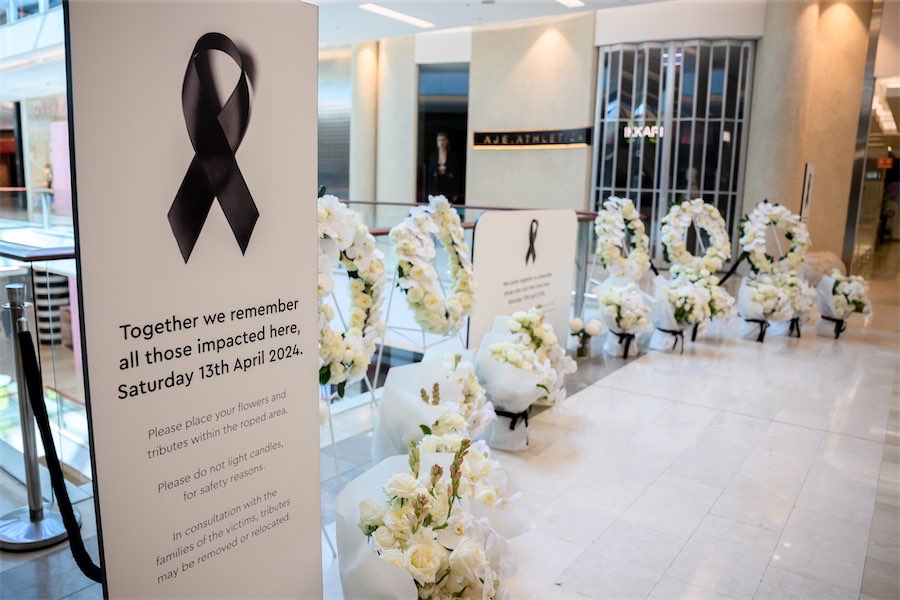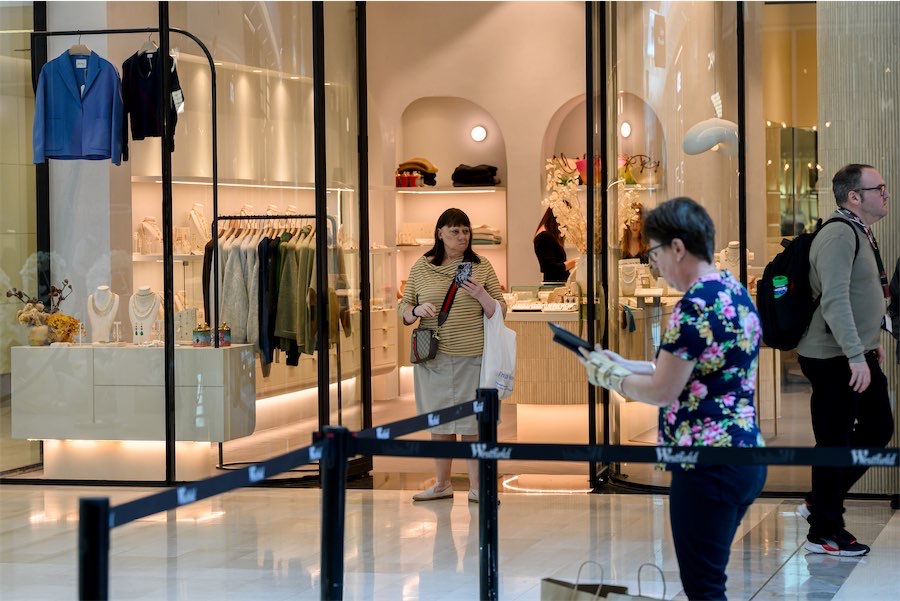ART-lovers around Australia have been saddened to learn of the death of artist, gallery director and writer Betty Churcher at the age of 84 following a diagnosis of inoperable liver cancer.
Her death comes shortly after that of her artist husband of over 60 years, Roy, who died on Christmas Day, 2014.

Churcher was best known as the director of the National Gallery of Australia from 1990 to 1997, the only woman ever to hold this position. The broader public will remember her for accessible television programs about art, including like ‘Take 5’, ‘Eye to Eye’ and the ‘Art of War’.
I visited Churcher in February at Queanbeyan Hospital where she was undergoing tests for emphysema. She was as always, intellectually lively and sharp, talking of friends, the NGA and about completing a book based on her own artist’s sketchbook from a visit to Europe in the 1990s with the late curator Michael Lloyd.
Several years ago Churcher lost the sight in her right eye to cancer, but still had the use of her left eye and took full advantage of that to finish her research, alarming friends with her keenness to drive to and from libraries.
“CityNews” columnist Robert Macklin, who had a long professional association with her, has told us, “Betty Churcher not only put the National Gallery on Australia’s cultural agenda with her blockbusters, she did it with enormous personal grace and charm. As journalists we found her a joy to deal with. She was not only very knowledgeable about visual art in all its forms, she had that special knack of conveying her enthusiasm without resort to the fractured jargon so beloved of art snobs. She was in every sense a national treasure.”
Churcher leaves behind her the legacy of a remarkable career. Equally comfortable as an artist, administrator, wife and mother of four, she was a convivial companion who liked a good movie or play (she served on Bell Shakespeare’s board for a time ), a glass of fine wine and on her own regretful admission, far too many cigarettes.
A canny judge of how the public viewed the art world, she was nicknamed Betty Blockbuster, partly after Reg Livermore’s stage character, Betty Blokk Buster, and partly in reference to her fondness for blockbuster exhibitions as the means to gallery survival.
Born in Brisbane, Australia, she attended the exclusive school Somerville House, paid for by her grandmother. During those years, she met poet and art world identity Barbara Blackman when they attended Crusaders’ camps together. She left school after Year 10 because her father did not think she needed a higher education, but not before winning, at age 13, The Sunday Mail Child Art Contest.
In 1951 she won a travelling art scholarship to study in London at the South West Essex Technical School and later at the Royal College of Art, London where she was awarded the Princess of Wales Scholarship for the best female student. After she met and married the painter Roy Churcher, the couple moved to Brisbane in 1957 where they set up a studio and gave art classes, although she gave up painting after her first child was born.
When her fourth and youngest son began school, Churcher returned to work as a secondary school teacher. She wrote a textbook, “Understanding Art”, published by Rigby in Australia in 1973 then by Holmes McDougall in the UK where it won the London Times award for an Information Book.
This was the achievement that catapulted Churcher to fame. She became art critic for The Australian, took out a Master of Arts from the Courtauld Institute of Art, University of London and pursued a career in academia.
In 1982, she became the first female head of a tertiary institution as Dean of the School of Art and Design at Melbourne’s Phillip Institute of Technology, going on in 1987 to become the first woman director of a state art gallery at the Art Gallery of Western Australia from 1987 to 1990, when she succeeded James Mollison as director of the Australian National Gallery in Canberra. There she oversaw 12 twelve international blockbuster exhibitions and the addition in 1998 of an wing to house large-scale temporary exhibitions. She also changed the name of the gallery from the Australian National Gallery. Under her watch the NGA purchased ‘Golden Summer, Eaglemont’ by Arthur Streeton for $3.5 million.
In 1996 her name was touted as a possible Governor-General of Australia, (the choice was another Canberran, Sir William Deane) but it was an office she did not aspire to. In 1997 was named the Australian Newspaper’s Australian of the Year.
Since her retirement with husband Roy to a vineyard at Wamboin, NSW, Churcher has been Adjunct Professor for the Centre for Cross-Cultural Research at the ANU. She was appointed a Member of the Order of Australia in 1990 and an Officer of the Order of Australia in 1996. She has been active on a number of boards and committees.
During this later period she published several books on art, including The Art of War in 2005, Notebooks in 2011, Treasures of Canberra in 2013 and Australian Notebooks in 2014. Her final book will recall, in art, moments of waiting as she toured the galleries of Europe.
Betty Churcher is survived by her four sons and many grandchildren.
Elizabeth Ann (Betty) Churcher, née Cameron, born Brisbane, 11 January 1931, died March 30, 2015.
Who can be trusted?
In a world of spin and confusion, there’s never been a more important time to support independent journalism in Canberra.
If you trust our work online and want to enforce the power of independent voices, I invite you to make a small contribution.
Every dollar of support is invested back into our journalism to help keep citynews.com.au strong and free.
Thank you,
Ian Meikle, editor




Leave a Reply